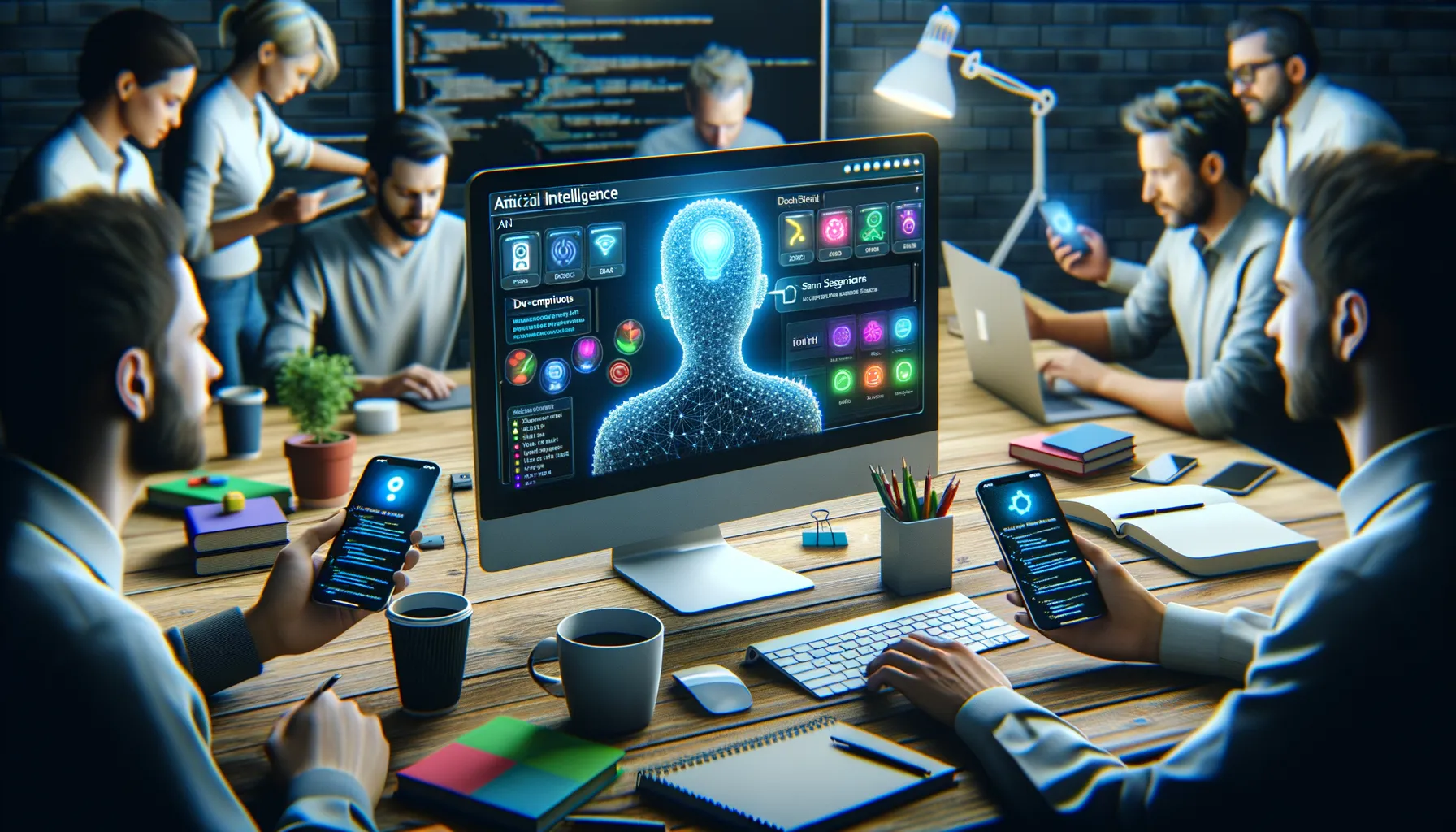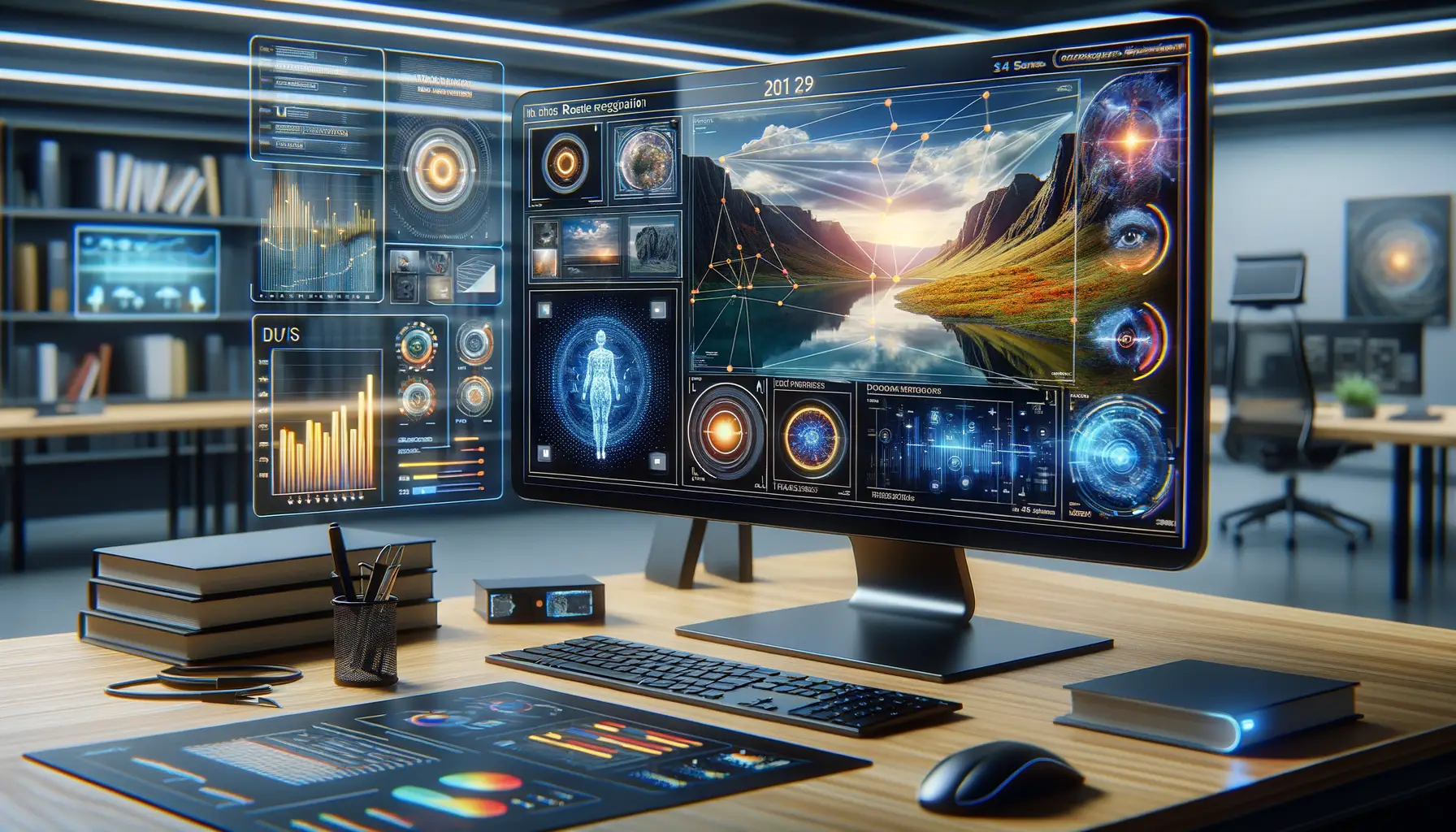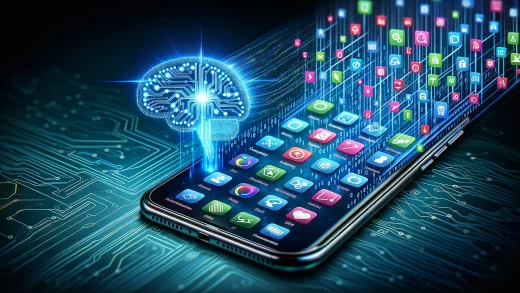Criteria for Choosing AI Tools for Image Recognition
What Makes an AI Tool Truly Shine?
When it comes to picking the perfect AI tool for image recognition in your mobile app, let’s face it: not all tools are created equal. Some are rockstars, outperforming in speed and accuracy, while others… not so much. So, how do you cut through the noise and find “the one”? Here’s what to look out for:
- Accuracy: This is the gold standard. Does the AI consistently recognize patterns, faces, or objects without messing up? A good tool should leave you saying, “Wow, that’s on point!”
- Speed: Time is money, especially in user experience. If the tool lags, your users won’t stick around. Instant results matter.
- Versatility: Can it handle complex scenarios like low-light images or unusual angles? The more adaptable, the better.
The X-Factor: Scalability and Integration
Picture this: your app is booming, and suddenly that “perfect” AI tool can’t keep up. Not great, right? That’s why scalability matters. Look for tools that can grow with your app’s success, accommodating more users and higher data demands without breaking a sweat.
And don’t forget about integration. Seamlessly embedding AI into your app’s existing framework can make or break your workflow. Nobody wants to wrestle with messy code or endless setup problems. Always read the developer docs—trust me, they tell a lot more than you’d expect!
Top AI Tools for Mobile App Image Recognition

Pioneering Tools Redefining Mobile Image Recognition
Mobile app developers—you’re in for an absolute treat. With today’s AI tools, image recognition in apps feels like giving sight to a blindfolded friend. But with so many options, where do you begin? No worries, I’ve done the heavy lifting.
Here are some standout contenders that will make your app’s vision sharper than an eagle’s:
- Google Cloud Vision API: This powerhouse identifies objects, reads text (yes, even that messy handwriting), and detects explicit content. It’s like hiring a meticulous librarian who never skips details.
- Amazon Rekognition: Perfect for facial analysis, this tool recognizes individuals’ emotions and demographic details. Your app can now “read faces” like a mind reader at carnival night.
- Clarifai: Fast, precise, and ridiculously developer-friendly, this AI feels like it was made for those who value efficiency and customizability. Plus, it works beautifully offline—a real lifesaver for mobile apps.
Deep Features You Can’t Overlook
Each tool brings a secret sauce of functionality you’ll love. Want something hands-free? Apple Core ML is purpose-built for iOS apps, offering seamless integration and lightning-fast performance. Looking for ultra-accuracy? Check out Microsoft Azure Computer Vision. It’s like the Einstein of image recognition, even distinguishing subtle variations in scenes or objects.
Choosing the right tool feels less technical and more like matchmaking. Your perfect fit is waiting—pick one that doesn’t just work but makes your app feel alive!
Comparative Analysis of Key Features

Feature Showdown: Performance, Accuracy, and More
When it comes to picking the right AI tool for image recognition in mobile apps, it’s all about digging into the nitty-gritty details. Sure, they all *claim* to be the best, but how do they actually stack up? Spoiler alert: the devil is in the details.
Let’s talk about performance metrics. Tools like Google Cloud Vision are known for speed that feels almost magical—processing thousands of images in seconds without breaking stride. On the flip side, some contenders, while feature-rich, stumble slightly when handling large-scale operations. What’s your priority: lightning speed or an expansive toolkit?
Accuracy, of course, is non-negotiable. If you’ve ever stared at a misinterpreted object tag and sighed, you’ll appreciate why tools like AWS Rekognition shine. They’ve got object detection down to a science, whether you’re identifying dog breeds or differentiating between an apple and a tomato (yes, that happens).
- User-friendliness: TensorFlow Lite offers customizable solutions but demands some coding chops. Vision frameworks like Apple’s Core ML, though, might feel like a warm hug for developers who love simplicity.
- Integration: Some tools provide pre-built mobile SDKs, while others may require a roadmap of APIs and patience to connect seamlessly.
Think of it as matchmaking—but with algorithms instead of hearts. The perfect fit depends on what you hold dear: speed, accuracy, ease, or sheer power.
How to Integrate AI Tools into Mobile Apps

Setting Up AI for Seamless Mobile App Integration
Integrating AI tools into your mobile app isn’t just about slapping on code; it’s like teaching your app a new language—you need patience, precision, and the right playbook. Start by identifying where the magic of AI will transform your app. Is it real-time object detection? Or perhaps enhancing photo quality with jaw-dropping clarity?
Once you’ve nailed down the “why,” move on to the “how.” Here’s a quick roadmap:
- Choose the compatible SDKs: Popular options like TensorFlow Lite or Core ML offer lightweight AI models tailor-made for mobile platforms.
- Leverage cloud support: Tools like Google Vision API can offload complex processing, saving your app from battery-hungry operations.
- Focus on UX/UI: AI works best when it blends seamlessly into user experience. Incorporate intuitive designs that showcase AI’s capabilities without overwhelming.
Testing & Fine-Tuning: The Human Touch AI Still Needs
Testing is where the rubber meets the road. Deploy your AI model in a controlled environment—think sandboxing with real-life scenarios. Gather edge cases, like blurry images or irregular lighting, and see how your AI performs under pressure.
Customize your AI to align with your app’s personality. If your app’s all about fun filters, ensure the image recognition knows the difference between a handwave gesture versus a photobomb by your cat! Debug, adjust, repeat—and suddenly, you’re not just integrating AI. You’re making it come alive.
Future Trends in AI for Image Recognition

The Leap from Recognition to Understanding
Artificial intelligence isn’t just learning to “see”—it’s evolving to *understand*. The future of AI image recognition is less about labeling objects and more about capturing the soul of a scene. Imagine snapping a photo while hiking, and your app doesn’t just identify “trees” but tells you their species, health status, and even how many years they’ve stood strong against storms. That’s where we’re headed, a realm where AI stops being an observer and becomes a storyteller.
One thrilling trend is the rise of context-aware image recognition. For example:
- Analyzing facial expressions in images and interpreting emotions.
- Identifying objects like glasses or hats and suggesting similar items for purchase.
- Recognizing environments—midnight streets, busy shopping malls—and adapting app responses accordingly.
Smarter, Faster, More Human-Like
Next-gen AI promises not only speed but sensitivity. With advancements in edge computing, your mobile app won’t need to whisper back to the cloud every time it processes an image. Instead, the brainpower sits right on your device, delivering real-time results that are faster than a snap of your fingers.
Also, keep an eye out for apps using zero-shot learning. This breakthrough means the AI can recognize something it hasn’t been explicitly trained on. Picture this: your travel app scans a rare fruit stand during your vacation and identifies new, exotic produce for the first time. These are tools that will redefine what it means to “see.”



